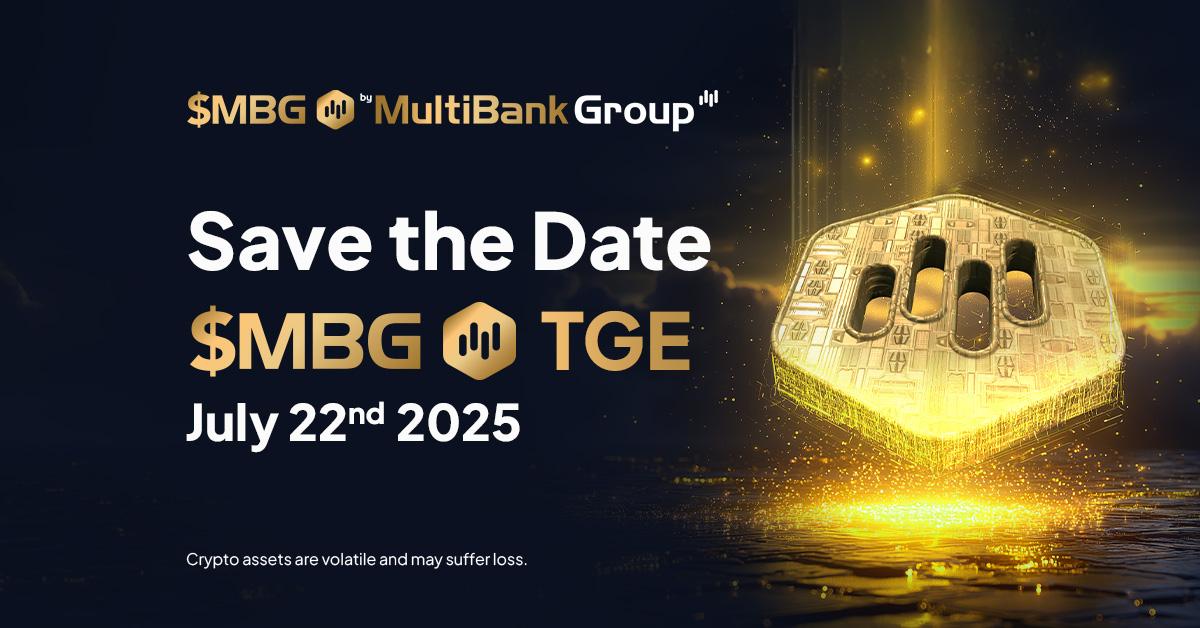In the financial realm, assets have both a current value and an intrinsic value. While the current value represents the price of an asset at a specific moment in time, the intrinsic value is determined by a combination of factors that can affect its long-term valuation.
In traditional financial analysis, the intrinsic value of an asset is closely tied to the underlying valuation of the company that issues the asset. This valuation is influenced by various factors such as reported cash flow, projected earnings, and market conditions. Consequently, these factors also impact the intrinsic value of a company’s stock.
Essentially, a stock or cryptocurrency has an intrinsic value that may differ from its current value. If a company is performing well and its stocks are expected to increase in price, the intrinsic value may be higher. Conversely, if a company or token is facing difficulties and its current price drops, the intrinsic value may be lower.
In the cryptocurrency world, the intrinsic value of a token is often influenced by the company or individuals behind the project. Additionally, the mission or goal of the project plays a significant role. For example, the founder of Bitcoin, Satoshi Nakamoto, remains a mysterious figure, which can impact the token’s intrinsic value due to the limited information available. However, Bitcoin’s whitepaper and mission statements have a considerable influence, driving the intrinsic value of the token.
Determining the intrinsic value of an asset can be challenging due to the multitude of factors involved. Nevertheless, financial analysts and stock brokers use complex algorithms to calculate intrinsic values. These algorithms take into account various financial indicators, such as the company’s revenue growth rate, profit margins, and industry outlook, to determine the intrinsic value of a stock. This figure is crucial as it helps investors evaluate whether they should invest in an asset or not.
In the realm of cryptocurrencies, determining the intrinsic value of a blockchain project or a new token can be even more difficult. Unlike traditional companies, blockchain projects often do not generate revenue or have historical financial statements to analyze. However, with thorough research and preparation, it is possible to construct a compelling argument regarding the intrinsic value of a project.
When assessing the intrinsic value of a cryptocurrency, it is important to consider the following factors:
What is the utility and functionality?
One of the key factors influencing the intrinsic value of a cryptocurrency is its utility and functionality. A cryptocurrency that provides unique and valuable use cases will have a higher intrinsic value. For example, Ethereum allows for the creation of decentralized applications (DApps) and smart contracts, which have revolutionized various industries. The intrinsic value of Ethereum is driven by its functionality and widespread adoption.
What are Network Effects?
Network effects play a significant role in determining the intrinsic value of a cryptocurrency. Network effects refer to the idea that the value of a network or platform increases as more users join. Cryptocurrencies with a large and active user base have a higher intrinsic value. Bitcoin, being the first and most widely adopted cryptocurrency, benefits from strong network effects, which contribute to its intrinsic value.
Who are the team and partnerships?
The team behind a blockchain project and their partnerships can significantly impact the intrinsic value of a cryptocurrency. A project led by experienced and reputable individuals, with partnerships with established companies or organizations, will likely have a higher intrinsic value. Investors trust projects with strong leadership and partnerships, as they contribute to the project’s success and long-term prospects.
What is the market demand?
The market demand for a cryptocurrency can greatly influence its intrinsic value. If there is a high demand for a particular cryptocurrency due to its unique features or perceived investment potential, its intrinsic value may increase. On the other hand, if market demand decreases, the intrinsic value may be negatively affected. Market demand is driven by factors such as investor sentiment, market trends, and regulatory developments.
What is the role of Technology and Innovation?
The underlying technology and innovation of a cryptocurrency project can contribute to its intrinsic value. Blockchain projects that introduce novel solutions, improve scalability, or enhance privacy and security have the potential to attract investors and increase intrinsic value. The continuous development and improvement of the project’s technology are vital for its long-term success and intrinsic value.
It is important to note that intrinsic value is subjective and can vary among individuals. Different investors may have different opinions on the intrinsic value of a cryptocurrency, leading to variations in the market price. Therefore, it is essential to conduct thorough research, consider multiple perspectives, and make informed investment decisions based on a comprehensive evaluation of the intrinsic value.
Understanding the concept of intrinsic value is crucial for investors in the blockchain and cryptocurrency space. By considering the various factors that influence intrinsic value, investors can make more informed decisions and assess the potential long-term value of an asset. While the current value of an asset may fluctuate in the short term, the intrinsic value serves as a guide for evaluating the true worth of an asset over time.















